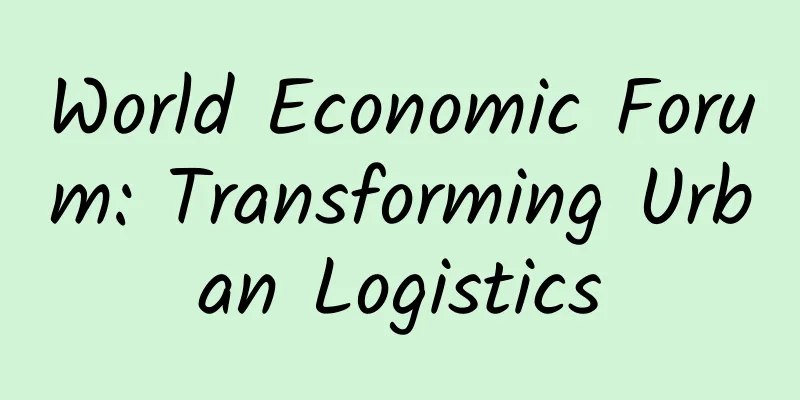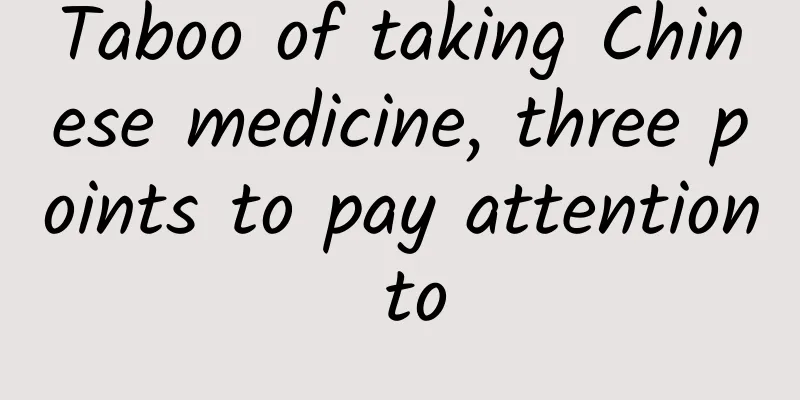World Economic Forum: Transforming Urban Logistics

|
If no action is taken, emissions from deliveries in urban centres are expected to grow by 60% by 2030. The rapid growth of e-commerce has dramatically changed consumer expectations, leading to a surge in delivery volumes. Globally, e-commerce already accounts for more than 20% of retail sales and has added more delivery vehicles to urban roads. While this has brought economic benefits and consumer convenience, it has also created challenges such as congestion, emissions, and safety risks. Therefore, it is critical to transform urban delivery into a more sustainable and efficient system. Under a business-as-usual scenario, carbon emissions from all urban transport traffic are expected to grow by 60% by 2030. While many consumers prefer sustainable delivery options, less than 30% are willing to compromise on cost without significant changes, and the continued increase in delivery vehicles, which is expected to grow by 80% in some cities by 2030, will increase congestion and emissions. The report calls on public and private sector stakeholders across the value chain to accelerate transformation and makes recommendations based on existing best practices. These include: Public Sector Integrate distribution operations into city strategies through the Sustainable Urban Logistics Programme (SULP). Clarify and standardize the frameworks and regulations that define how operators interact with the built environment. Work with the private sector to create incentives for safe, innovative and sustainable practices. Private sector Deploy technologies, solutions and collaborative operating models that improve operational efficiency. Accelerate the transition to a zero-emission fleet by supporting vehicle rollout and financing models. Providing consumers with information to drive support for more sustainable deliveries. cooperation Plan, innovate and collaborate across the entire delivery ecosystem to provide the necessary infrastructure and operating models for transformation. Deploy shared infrastructure, assets, and other resources to support last-mile operations, including micro-centers, fleets, and package lockers. Share data to help develop a holistic view of delivery operations and actionable insights. By fostering a shared commitment to sustainable and innovative practices, delivery ecosystems can implement change that improves quality of life and supports a thriving business environment.
|
<<: McKinsey: Fashion 2025 Report
>>: Mastercard: Retail sales in the 2024 holiday shopping season will increase by 3.8% year-on-year
Recommend
The so-called "bold new theory of everything" is a new paradigm? Or a false proposition?
This universal theory that attempts to unify phys...
This detail is so wonderful! The opening and closing ceremonies turned out to be a "serial drama"...
last night Beijing 2022 Winter Olympics Closing C...
What is quantum artificial intelligence? (Part 2)
Produced by: Science Popularization China Author:...
Terrible! It’s better to throw away these parts of the pig than to eat them (not just the lymph nodes)
Pork can be said to be one of the most common ing...
The efficacy and function of clam grass root
Clam grass root is a traditional Chinese medicine...
Wuhuang Bazhahei: Wow! They said they could “pick down” the moon for us to see?
The most romantic dream is nothing more than &quo...
The "goat eggs" from the countryside are so amazing
When you hear goat eggs, you may not know what th...
Beware of new scam! Gold becomes hard to tell if real or fake after mixing with this metal!
Audit expert: Kang Kai Senior Engineer, Registere...
"Sanxing Village" is not "Sanxingdui", which may solve the mystery of the origin of civilization in the lower reaches of the Yangtze River
On November 18, the much-anticipated Sanxing Vill...
Gynostemma pentaphyllum variety classification
Gynostemma pentaphyllum is a traditional Chinese ...
Are you ready? New Year's greetings from the "Heavenly Palace" are coming soon!
The "New Year's Day Beijing-Hong Kong-Ma...
The efficacy and function of ash tree
Fraxinus chinensis is a very common type of tradi...
Can eating herbs cause allergies?
Everyone knows that Chinese herbal medicine can c...
Pictures of Chinese medicine soup
Chinese herbal decoction is a traditional prepara...









